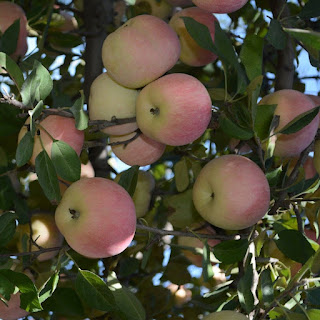Sacred Tree( Peepal )
Sacred Tree A Species of Fig Trees
Common NamePeepal
Sacred
Bodhiii
Botanical Name
Ficus religiosa
Information
Sacred fig or Ficus religiosa, gets its name because it is considered sacred to Buddhism, Jainism, and Hinduism. Although a member of the mulberry family, the sap of the sacred fig may cause skin reactions if handled.
What part of the sacred fig is toxic?
Sacred fig contains mild irritants that can be toxic to animals including cats, dogs and horses when the leaves or unripe fruits are ingested, while the ripe fruits are harmless to animals.
Tips from Garden Coaches
Plants of genus Ficus can be planted in a garden or maintained indoors. Its attractive green leaves require a warm, humid environment; we consider it a medium level difficulty plant to care.
Interesting Facts
There is a thousand-year-old sacred fig in the Shangri-La Grand Canyon. Its mysterious image is spread widely across the internet. The thousand-year-old sacred fig looks like a phoenix. What is more magical is that a "hand" grows from the waist of the tree into the rock crack with five distinguishable fingers.
Characteristics
Plant Type
Tree
Lifespan
Perennial
Bloom Time
All year around
Plant Height
49 to 82 feet
Spread
33 feet
Habitat
Disturbed thickets
Flower Color
WhiteGreen
Leaf Color
GreenWhite
Fruit Color
GreenBlack
Conditions Requirement
Difficulty Rating
Sacred fig is super easy to take care of, with resistance to almost all pests and diseases. It is a perfect option for gardeners with brown thumbs.
Sunlight
Full sun, Partial sun
Hardiness
10b°F
Hardiness Zones
10b to 11
Soil
Sand; slightly acidic
Care Guide
Water
Average water needs, watering when the top 1.2 inch of soil has dried out.
Fertilization
Fertilization once in spring.
Pruning
Shape the plant every 2 months during the growing season.
Planting Time
All year around
Harvest Time
Late spring, Early summer
Propagation
Cutting, Sowing
Pests and Diseases
Root-knot nematode, grey spot, anthracnose, leaf spot, virus disease, wilt disease
Scientific classification
Genus
Ficus - Fig trees, Figs
Family
Moraceae - Mulberry, Fig
Order
Rosales - Roses, elms, figs, and allies
Class
Magnoliopsida - Dicotyledons, Dicots, Eudicots
Phylum
Tracheophyta - Vascular plants, Seed plants, Ferns, Tracheophytes
Uses
Environmental Protection Value
Sacred fig has strong resistance to sulfur dioxide and can purify air.
Economic Value
Sacred fig juice can be used as rubber, and its wood can be used for cutting boards and in packing boxes.
Garden Use
Sacred fig is a large, spreading tree that is suitable for solitary, ornamental planting in extremely large yards. This traditional temple tree is not commonly used on private property, but is prized for its symbolism and long lifespan, as well as its large size.




Comments
Post a Comment